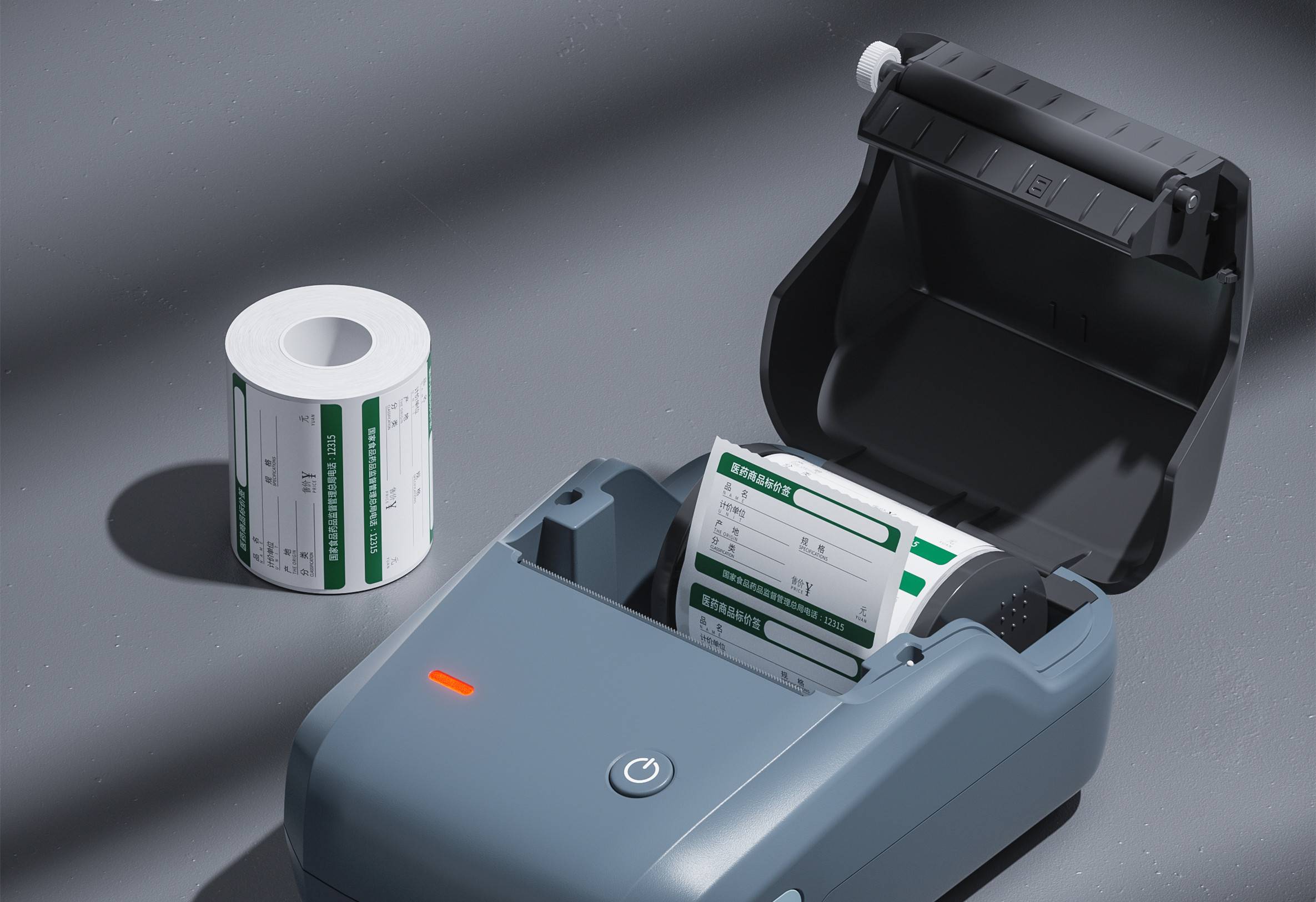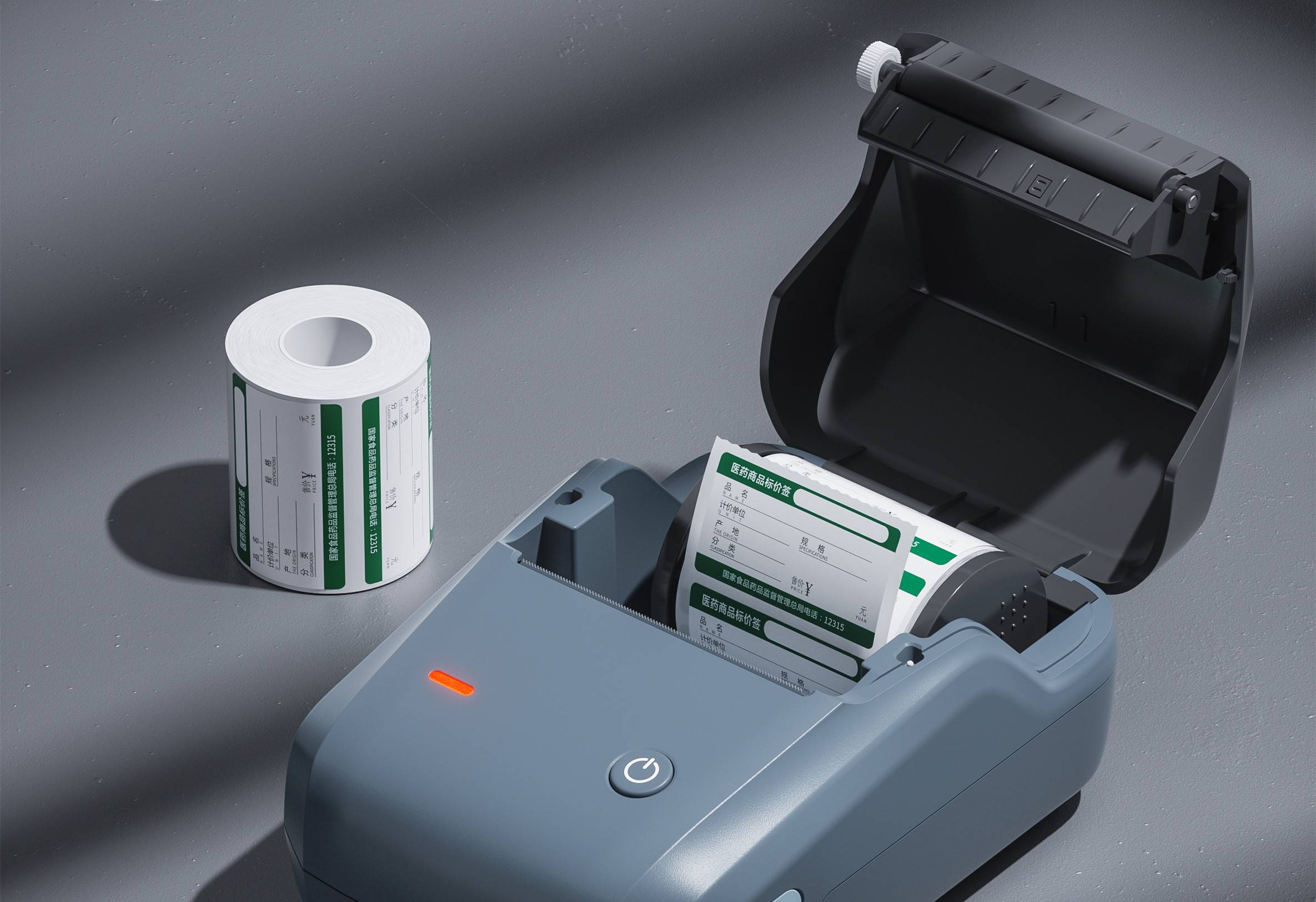
Introduction to EN62133 battery certification

In March 2013, the European Electrotechnical Standardization Committee CENELEC officially released the EN 62133: 2013 version of the battery safety standard. This standard is mainly for the safety requirements of single batteries and battery packs containing alkaline or non-acid electrolytes and portable sealed single batteries and battery packs. The new standard will replace the first edition of EN62133:2003 issued in 2003. At the same time, the European Electrotechnical Standardization Committee also specified the expiration date of the old EN 62133 standard, and EN 62133:2003 will be officially withdrawn on January 10, 2016 as required. ZRLK testing reminds major battery manufacturers and battery product manufacturers to import the new version of EN 62133:2013 as soon as possible, so as not to affect the future export of battery products to Europe.
Electrical products entering the EU (such as mobile phones, tablets, electric toys, power tools, etc.) need to meet the requirements of the EU's new method directive and be affixed with the CE mark. As the accessories of many terminal products (such as mobile phones, electric toys, tablet computers, etc.), the safety of batteries needs to be considered in conjunction with these terminal products. Therefore, many terminal product customers require their parts to be most out of consideration for the safety of their products. OK also affixed the CE mark, so that its products can better meet the requirements of the relevant directives.
Therefore, if the battery products of export enterprises can meet the requirements of EN62133 standard and affix the CE mark, it will enhance the competitiveness of their products in the market, and strive for a larger market for enterprises.
EN62133 battery cell and battery test items
Cell (cell): continuous low-rate charging, vibration, temperature cycling, external short circuit, drop, shock (collision), thermal misuse (thermal shock), squeeze, low air pressure, overcharge, forced discharge, high rate charging protection Function (lithium system), labeling and packaging, incorrect installation (nickel system).
Battery: Vibration, shell stress at high temperature, temperature cycling, external short circuit, drop, impact (collision), marking and packaging, overcharge (nickel system).
EN62133 test content
Vibration test
High temperature impact test
Temperature cycle test
Short circuit test
Free fall test
Cell extrusion
Forced discharge
Transport test
Hot abuse test
EN62133 process
1. Sign a contract
2. Pay the down payment, provide information and samples
3. Test
4. If not qualified, re-send sample test
5. Test passed report

Label printers entering the Brazilian market, ANATEL certification is an essential passport! It is the recognition of the Brazilian Telecommunications Authority for the safety and compliance of electronic products, without which products cannot be legally sold.

SRRC certification is not only a guarantee of product compliance, but also a key to opening up the market.

FCC ID certification is a mandatory certification for electronic products by the Federal Communications Commission (FCC) in the United States, and it is essential for label printers to obtain this certification.
In March 2013, the European Electrotechnical Standardization Committee CENELEC officially released the EN 62133: 2013 version of the battery safety standard. This standard is mainly for the safety requirements of single batteries and battery packs containing alkaline or non-acid electrolytes and portable sealed single batteries and battery packs.
Get a quote